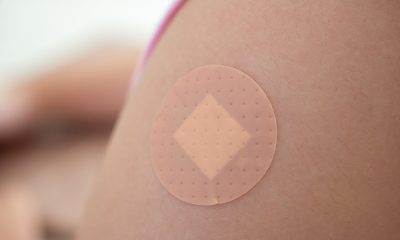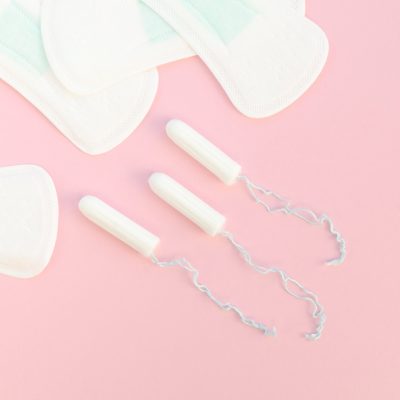News
Vira aims to raise the bar in menopause care

Vira Health, creator of menopause app Stella, has raised US$12m in new funding to continue its mission of improving women’s long-term health.
The new investment will support growth of the Stella app in the US market, clinical trials and the addition of medication and telemedicine.
Stella is the first digital therapy product from Vira Health and was launched in the UK in 2021. It supports women by offering personalised menopause treatment plans based on their specific symptoms.
It provides guidance on lifestyle and behaviour change via easy-to-follow weekly lessons. Users can also interact with trained experts and a range of additional resources, including guided meditations, educational materials, exercises, recipes, and online classes.
Co-founder and CEO Andrea Berchowitz said: “Better menopause care is crucial in the fight for gender equity in the workplace.
“The Stella app offers women a highly personalised, completely private and always-on treatment option. It is designed for a diversity of companies wanting to expand their employee benefit schemes. Our focus is onboarding more employers to Stella this year.
The latest financing builds on a previous US$2m funding round that drew investment from LocalGlobe, MMC, Amino Collective, among others.
A study by Vodafone across five countries found that 60 per cent of women dealing with menopausal symptoms said it impacted their work.
In a separate UK study, 30 per cent of women said they missed work due to their symptoms, while 11 per cent passed up a promotion opportunity and 8 per cent resigned from their positions because of menopausal symptoms. Data shows that 75 per cent of women who completed their Stella treatment plans experienced improved symptoms.
The latest financing for Vira builds on a previous US$2m funding round that drew investment from LocalGlobe, MMC, Amino Collective, among others.
Julia Hawkins, general partner at LocalGlobe and Latitude, said: “We are pleased to invest in Vira Health. There is a strong interest in menopause care right now and this is a phenomenal team committed to building what women want and need.”
In 2020, many workplaces showed an increase of menopause support, through writing new menopause policies, nominating ‘menopause champions’ to signpost employees to information and resources, improving the cut and fabric of uniforms, and more.
As companies redefine their benefits more broadly in recognition of mental health and caring responsibilities that resulted from COVID-19, menopause is becoming a bigger part of the conversation. Vira Health is focused on making Stella available to more women through employer benefits in 2022.
“Menopause is a time point in a woman’s life where we can fundamentally change the trajectory of lifelong health,” said Dr. Rebecca Love, co-founder of Vira Health.
“It is outrageous that we have not focused on menopause care more. Stella provides women the relief and support they need for symptoms such as sleep issues, incontinence, mood swings, hot flushes and many others, and helps set women up for better brain, bone and heart health in later life.”
-

 Fertility in Focus4 weeks ago
Fertility in Focus4 weeks agoAI embryo selection tool wins European approval
-

 News2 weeks ago
News2 weeks agoOpinion: Not ‘just stress’ – How hormonal changes affect women’s brain function
-

 News4 weeks ago
News4 weeks agoTestosterone patch shows promise for menopausal women
-

 News3 weeks ago
News3 weeks agoTop 7 drug-free solutions for managing PMS and PMDD in in 2025
-

 Features4 weeks ago
Features4 weeks agoFrom SEO to GEO: How women’s health brands can get found in the age of AI
-

 Wellness4 weeks ago
Wellness4 weeks agoFDA approves new menopause drug to treat hot flashes and night sweats
-

 News4 weeks ago
News4 weeks agoSpain faces protests over mammogram scandal
-

 News4 weeks ago
News4 weeks agoMost midlife women with menopause symptoms don’t seek care, research finds
































1 Comment